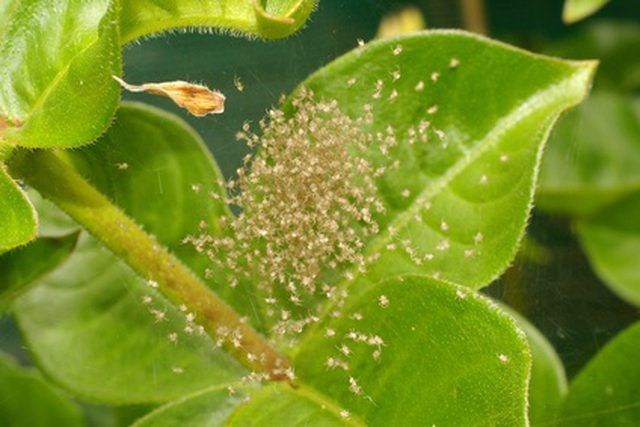Bulbs
Flower Basics
Flower Beds & Specialty Gardens
Flower Garden
Garden Furniture
Garden Gnomes
Garden Seeds
Garden Sheds
Garden Statues
Garden Tools & Supplies
Gardening Basics
Green & Organic
Groundcovers & Vines
Growing Annuals
Growing Basil
Growing Beans
Growing Berries
Growing Blueberries
Growing Cactus
Growing Corn
Growing Cotton
Growing Edibles
Growing Flowers
Growing Garlic
Growing Grapes
Growing Grass
Growing Herbs
Growing Jasmine
Growing Mint
Growing Mushrooms
Orchids
Growing Peanuts
Growing Perennials
Growing Plants
Growing Rosemary
Growing Roses
Growing Strawberries
Growing Sunflowers
Growing Thyme
Growing Tomatoes
Growing Tulips
Growing Vegetables
Herb Basics
Herb Garden
Indoor Growing
Landscaping Basics
Landscaping Patios
Landscaping Plants
Landscaping Shrubs
Landscaping Trees
Landscaping Walks & Pathways
Lawn Basics
Lawn Maintenance
Lawn Mowers
Lawn Ornaments
Lawn Planting
Lawn Tools
Outdoor Growing
Overall Landscape Planning
Pests, Weeds & Problems
Plant Basics
Rock Garden
Rose Garden
Shrubs
Soil
Specialty Gardens
Trees
Vegetable Garden
Yard Maintenance
The Life Cycle of Spider Mites
The Life Cycle of Spider Mites. Spider mites lurk under leaves of plants in greenhouses, gardens and fields where they may cause extensive damage to the leaves of plants and trees. The reason spider mites seem to live everywhere involves their small size and the large number of host plants on which they eat and lay eggs.

Spider mites lurk under leaves of plants in greenhouses, gardens and fields where they may cause extensive damage to the leaves of plants and trees. The reason spider mites seem to live everywhere involves their small size and the large number of host plants on which they eat and lay eggs.
Types
A variety of mites, known as hot-weather mites, include the two-spotted, European red, honeylocust and oak spider mites thrive in areas with hot, dry weather. Cold-weather mites include the spruce and southern red spider mites. These mites prefer cool spring or fall weather.
Eggs
Hot-weather mites, such as the two-spotted spider mite, lay as many as 100 to 200 eggs on the undersides of leaves on one of approximately 180 host plants. Host plants include field crops, ornamental plants, weeds or house plants. The eggs take up to 20 days to hatch, although they may hatch in just a few days if the weather cooperates. Cool-weather spider mites often spend the entire winter in the egg stage while attached to the host plant. The eggs begin hatching in the spring.
Larvae and Adult
The spider mite eggs hatch into tiny larvae with rounded bodies and three pairs of legs, a stage they stay in for several days while they rest and feed. Next, they molt into a nymph with four pairs of legs, resting and feeding before molting into a second nymph stage. Within a few days, the second-stage nymphs became adults. The entire process from egg hatching to adult stage takes between 7 and 14 days. Adult spider mites sport four pairs of legs extending off a single, oval body. Female spider mites have rounded abdomens while males have pointed abdomens. Some mites, such as the clover mite, only live for a few weeks as long as weather conditions stay in their favor. Female two-spotted mites often live longer, spending the winter in a protected spot.
Feeding
Spider mites feed by piercing plant tissues with their mouth parts, then sucking out the plant fluids. They usually feed on the undersides of leaves. The leave started to look mottled or speckled in appearance once the mites infest the leaves. When large numbers of mites attack leaves, the foliage becomes webbed. To find spider mites, look for plants with injuries on their leaves. Then use a magnifying lens to identify the mites, which grow to 1/50 of an inch in length. Sometimes spider mites coat the foliage with fine silk webbing that catches dust, making the plant look dusty or dirty.
Control
Detecting spider mite before damage takes place works as the first step in controlling the pests. One method of control includes the use of strong jets of water to knock the mites off plants. The use of beneficial mites, including Phytoseiulus persimilis, also helps eliminate spider mites. Other predator insects such as ladybugs and lacewings also work to rid crops of spider mites. Otherwise, insecticidal soaps and oils or pesticides are options to rid plants of mites, although they are somewhat resistant to pesticides.